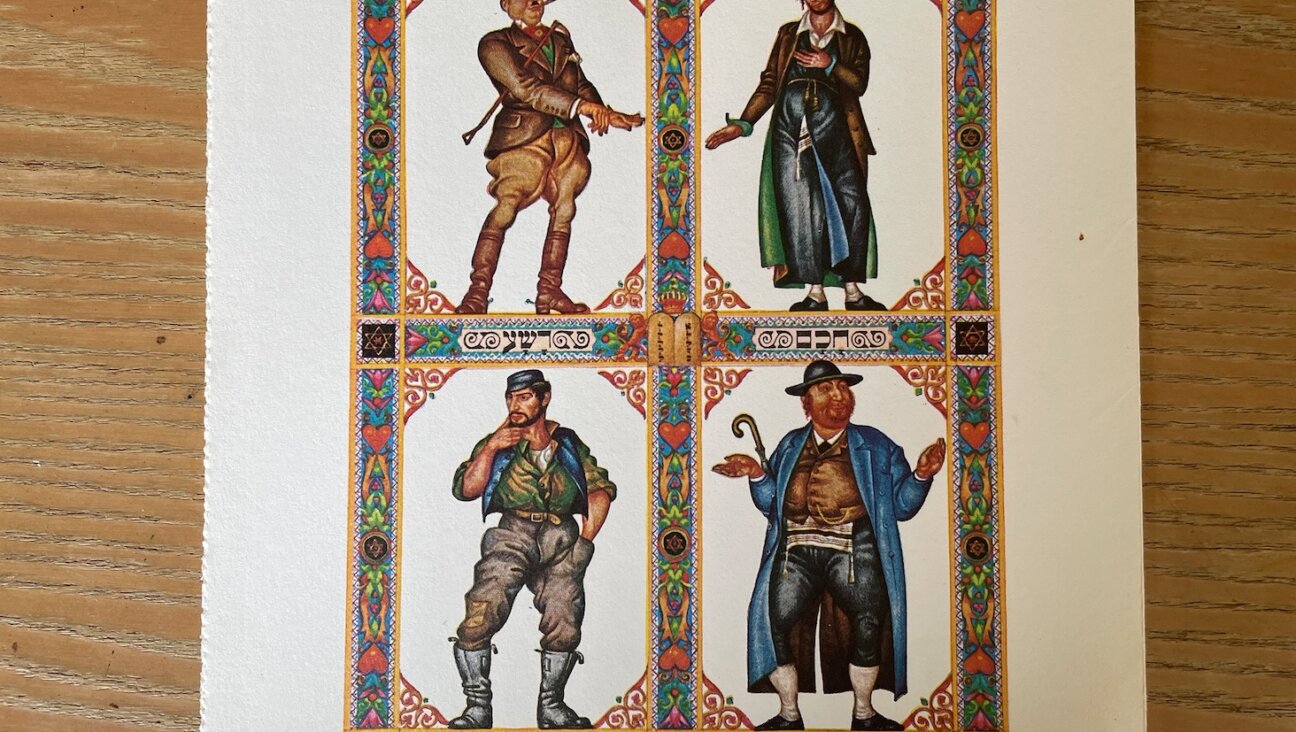Go See These Four Medieval Haggadot At The Met – Just In Time For Passover

Farissol Haggadah Opaque watercolor and ink on parchment Italian (Ferrara), 1515 Image by Courtesy of The Library of The Jewish Theological Seminary, New York (L.2016.6.56)
If you’re having a hard time getting into the Passover spirit this year (is this a thing?), then The Met might have the antidote you’re looking for. Starting on April 10th, The Met will be displaying four European Haggadot created between 1300 and 1515 on loan from the Library of the Jewish Theological Seminary in New York. The oldest of the Haggadot, the Graziano Haggadah, was created in Spain and, according to the press release, “celebrated the humble matzah by means of elaborate ornamentation in gold and expensive pigments of red, blue, and green.”

Graziano Haggadah
Opaque watercolor, ink, and gold on parchment Spanish, ca. 1300 Image by Library of The Jewish Theological Seminary, New York (L.2016.6.51)
Notably, each Haggadah includes an idiosyncratic, place specific interpretation of the maror, or bitter herb. In the aforementioned Graziano Haggadah, “the red root and leafy top of the maror suggest a radish.” In the Prato Haggadah (the only one of the four to be housed in The Met Cloisters instead of The Met Fifth Avenue), the maror takes the form of “an unidentified vegetable (possibly an artichoke) of monumental proportions, offered by two attendants.”

Prato Haggadah
Tempera, gold, and ink on parchment
Spanish, ca. 1300 Image by Courtesy of The Library of The Jewish Theological Seminary, New York (L.2016.6.25)
In addition to the four Haggadot, both locations will feature “a special handout devoted to medieval traditions related to matzah and maror” that includes, among other things, early 16th century recipes for matzah (at the very least, it can’t be any worse than the cardboard we eat today).
The exhibition, which is accompanied by two online essays on ancient and Medieval Jewish art, will be on view until June 2017

I hope you appreciated this article. Before you go, I’d like to ask you to please support the Forward’s award-winning journalism this Passover.
In this age of misinformation, our work is needed like never before. We report on the news that matters most to American Jews, driven by truth, not ideology.
At a time when newsrooms are closing or cutting back, the Forward has removed its paywall. That means for the first time in our 126-year history, Forward journalism is free to everyone, everywhere. With an ongoing war, rising antisemitism, and a flood of disinformation that may affect the upcoming election, we believe that free and open access to Jewish journalism is imperative.
Readers like you make it all possible. Right now, we’re in the middle of our Passover Pledge Drive and we still need 300 people to step up and make a gift to sustain our trustworthy, independent journalism.
Make a gift of any size and become a Forward member today. You’ll support our mission to tell the American Jewish story fully and fairly.
— Rachel Fishman Feddersen, Publisher and CEO
Join our mission to tell the Jewish story fully and fairly.
Only 300 more gifts needed by April 30
























